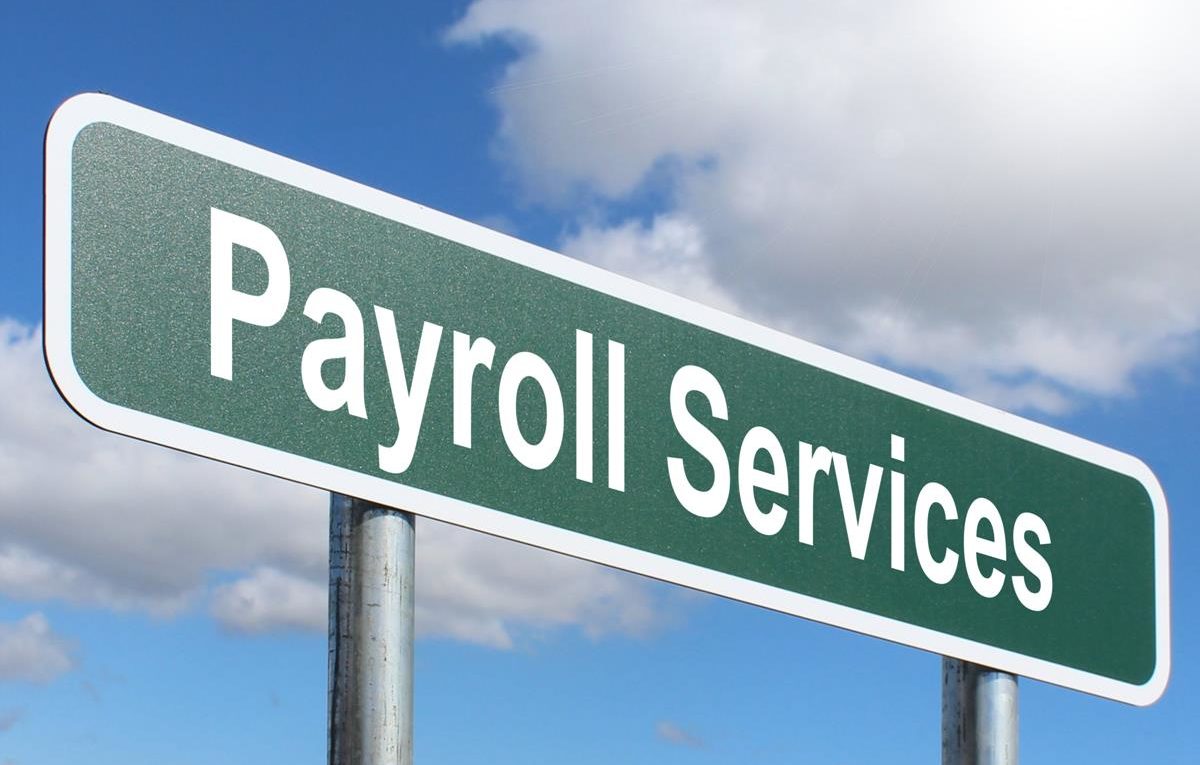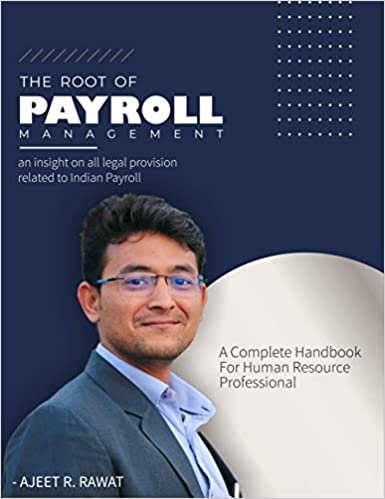How Do Online Payroll Services Integrate with HR Systems for Multi-State Payroll
Introduction: Simplifying Multi-State Payroll with Online Payroll Services
Managing a workforce spread across multiple states is no easy feat, especially when it comes to navigating complex payroll and tax regulations. Thankfully, online payroll services have transformed how businesses approach this challenge by integrating seamlessly with HR systems.
This integration enables companies to stay compliant with varying local laws while reducing administrative workloads. Let’s explore how this powerful combination supports accurate, efficient, and compliant multi-state payroll management.
Seamless Data Synchronization Between Payroll and HR
One of the primary benefits of integrating online payroll services with HR systems is the seamless synchronization of employee data. Information such as residence, work location, job role, tax exemptions, and employment status is automatically shared between systems. This eliminates the need for duplicate data entry and ensures payroll is always calculated using the most current employee details.
For example, if an employee relocates to a new state or begins working remotely, their updated address or worksite is immediately reflected in the payroll system. As a result, state tax withholdings and labor law compliance are adjusted automatically—significantly reducing the risk of errors and penalties.
Online Payroll Services and Automated Multi-State Tax Compliance
One of the most complex aspects of multi-state payroll is complying with tax laws that differ from one state to another. Online payroll services are designed to automate this process by accurately calculating, withholding, and filing both state and local taxes based on where employees live and work.
These systems also account for state-specific requirements like unemployment insurance rates, paid leave regulations, and tax reciprocity agreements. By aligning payroll data with real-time HR records, businesses ensure that every pay period reflects accurate withholdings and remains fully compliant—no matter how many states are involved.
Centralized Reporting and Compliance Oversight
Another key advantage of integration is centralized reporting. When HR and payroll systems are connected, businesses gain unified access to all payroll and employment records. This makes it easier to prepare compliance documents, respond to audits, file new hire reports, and manage benefits administration.
This centralization supports better transparency, enabling HR and payroll teams to collaborate more effectively. It also reduces the time spent on reconciling data between departments and ensures that reporting for federal and state compliance is complete and accurate.
Enhancing Efficiency and Employee Experience Through Integration
The integration of online payroll services with HR platforms also enhances internal efficiency and improves the employee experience. Administrative tasks like manual payroll processing, tax form submissions, and benefits updates are streamlined through automation. In addition, many systems offer self-service portals where employees can access pay stubs, update personal information, and manage their benefits.
Furthermore, time and attendance data collected via HR systems is directly fed into payroll calculations. This ensures accurate paychecks and consistent compliance with state-specific labor laws regarding overtime, sick leave, and more. Overall, the integration saves time, reduces the risk of errors, and empowers employees with greater control over their payroll-related information.
Cloud-Based Integration for Real-Time Access
Modern web-based payroll services offer cloud-based platforms that integrate effortlessly with HR software. This cloud integration provides real-time updates and accessibility from virtually any location, a major benefit for organizations with remote or geographically distributed teams.
As regulations shift or employee information changes, updates made in either system are reflected across both platforms in real time. This minimizes lag, improves accuracy, and ensures ongoing compliance. Cloud-based systems also simplify software maintenance and security, making them a scalable solution for growing businesses. Read more!
Conclusion: Online Payroll Services Are Essential for Multi-State Compliance
For companies operating across state lines, integrating HR systems with online payroll services is not just a convenience—it’s a necessity. These services automate data synchronization, streamline multi-state tax compliance, centralize reporting, and enhance both operational efficiency and employee satisfaction. As remote work and multi-state hiring become more common, adopting integrated payroll solutions is crucial to ensuring accuracy, compliance, and long-term business success.






